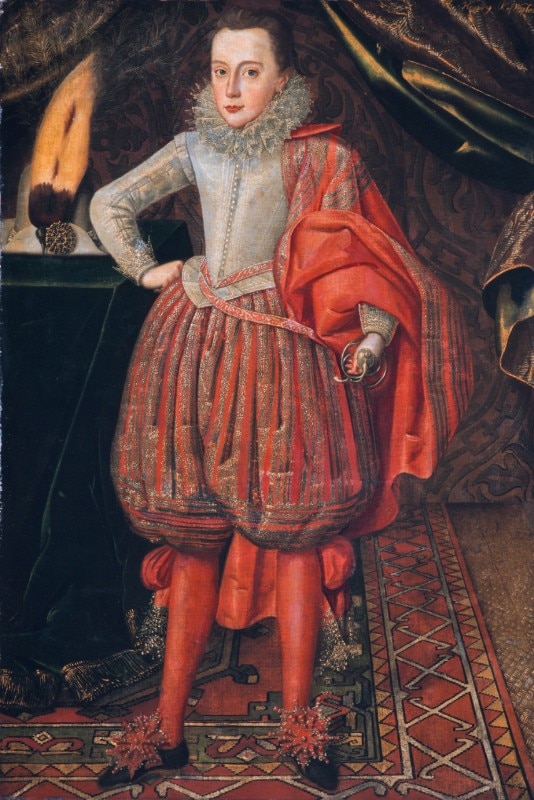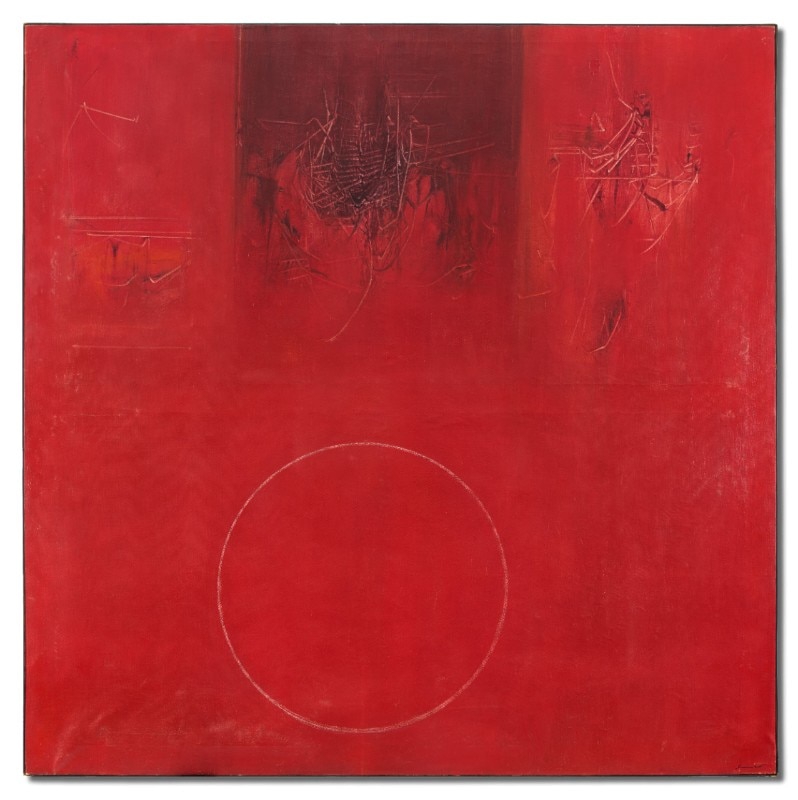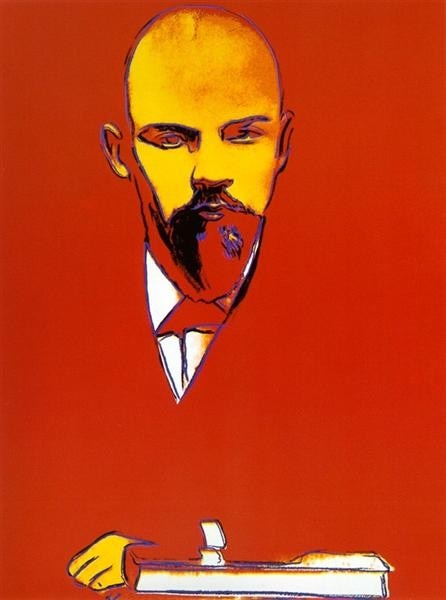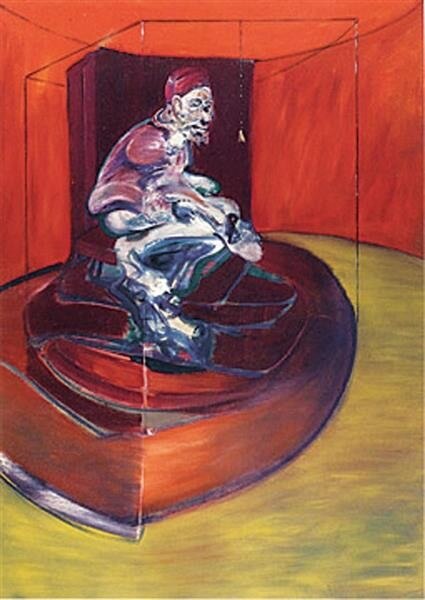Red, like the first portrait of King Charles III.
Unveiled at Buckingham Palace, painted by the hand of British artist Jonathan Yeo, the portrait tells a story of resilience and transformation through a visual language that challenges conventions.
King Charles is embraced in an intense red hug, described with a depicted with a benevolent gaze and a smile that seems to hold secrets. The signs of time are carving his face, not concealed, but enhanced. The red dominating the scene is not just a color but a living presence, enveloping and protecting, almost like a mother figure.

It was 2020 when Yeo was commissioned to paint King Charles to celebrate his 50 years as a member of the “Drapers’ Company,” one of London’s ancient guilds. At the time, Charles was still Prince of Wales, and the artist began sketching a portrait that would tell the story of the man behind the title. But fate, with its typical sense of irony, turned the prince into king, and Yeo had to rework his vision.
The result is a work that speaks of metamorphosis. Charles, in the uniform of the Welsh Guards, is depicted with a monarch butterfly hovering delicately over his right shoulder. This detail, almost imperceptible at first glance, is loaded with symbolism.

The butterfly, an emblem of transformation, represents Charles’ journey from prince to ruler of the United Kingdom and the 14 Commonwealth countries. It also recalls his commitment to the environment and evokes Queen Elizabeth II’s touching moment at Cop26 in 2021, when she wore a butterfly brooch and posed next to a photo taken by her husband depicting a swarm of butterflies.
It is a strong, powerful red, like a king.

The size of the painting, about 8ft 6in by 6ft 6in, amplifies the king’s aura of majesty. Yet, it is the red color that dominates, pulsing like a heartbeat. It is a strong, powerful red, like a king.
Reactions to this bold depiction have been mixed. Some have praised the innovation and depth of the work, while others have expressed a preference for a more traditional approach.
A volitional, imperious, and impetuous color, the color of command. “Muscular, violent, very red colors,” said Giacomo Balla, quite certain that “one thinks and acts as one dresses.” An enveloping and piercing color that that conceals the man, blending with the role.

A contemporary reimagining of the classic tradition of royal portraiture, where figurative elements yield to vibrant color. This magnetic and powerful piece is both cultured and refined, insightful and profound. It seamlessly merges past and present, reality and abstraction, harking back to ancient origins and the oldest cultures.
Says the Lord, “Though your sins are like scarlet, they shall be as white as snow;
though they are red as crimson, they shall be like wool.” Isaiah 1:16-18.
The Spartans dyed their battle cloaks scarlet to intimidate enemies and to camouflage bloodstains during combat. Red were the shirts of Garibaldi’s “Mille”: “Here venerable art dyed the red shirts, that generous blood would have re-dyed in the battles of freedom.”
It is red like magenta, purple, crimson, coral; it is a Charles III red.

Opening image: Jonathan Yeo, Portrait of King Charles III, 2024. Courtesy Philip Mould & Company


